Top Things to Know Before Buying Garden Office Buildings
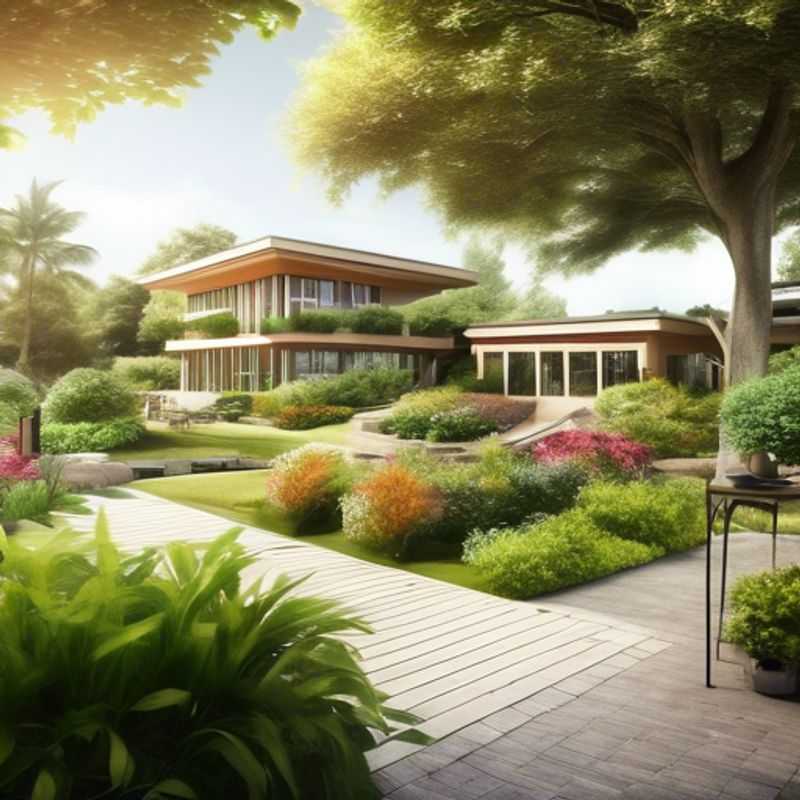
Top Things to Know Before Buying Garden Office Buildings: A Comprehensive Guide
Building a garden office is an exciting project that can transform your work-life balance and create a dedicated space for productivity. But before you dive into the world of prefabricated structures, there are a few crucial things to consider.
First, determine the required size and layout to fit your garden space. Measure your available area carefully, taking into account any obstacles or existing features.

Designing Your Dream Garden: Determining the Right Size and Layout
Determining the required size and layout for your garden is an essential step in the planning process. It's crucial to consider the space available, your desired features, and your budget to create a functional and visually appealing garden.
Start by measuring the area you intend to use for your garden. Note the dimensions of your yard and any existing structures like fences, patios, or walkways.
Think about what you want to include in your garden, such as vegetable beds, flowerbeds, seating areas, and water features. This will help you determine the overall size and layout. Remember that a garden that's too small can feel cramped, while a garden that's too large can be overwhelming to maintain.
It's also important to consider the placement of your garden. If you have a sunny south-facing yard, you can maximize your growing potential. If you have a shady north-facing yard, you'll need to choose plants that thrive in shade. You also want to ensure that your garden is accessible and well-drained.
Once you have a good understanding of the space you have and what you want to create, you can start planning the layout. There are many different garden design software programs and apps available that can help you visualize your ideas. You can also use graph paper to create a simple diagram of your garden layout.
Be sure to leave adequate pathways for walking and access to different areas of your garden. You should also consider the direction of sunlight and wind when planning the placement of plants and structures. If you're planning to install a water feature or pond, you'll need to have a plan for drainage and water filtration.
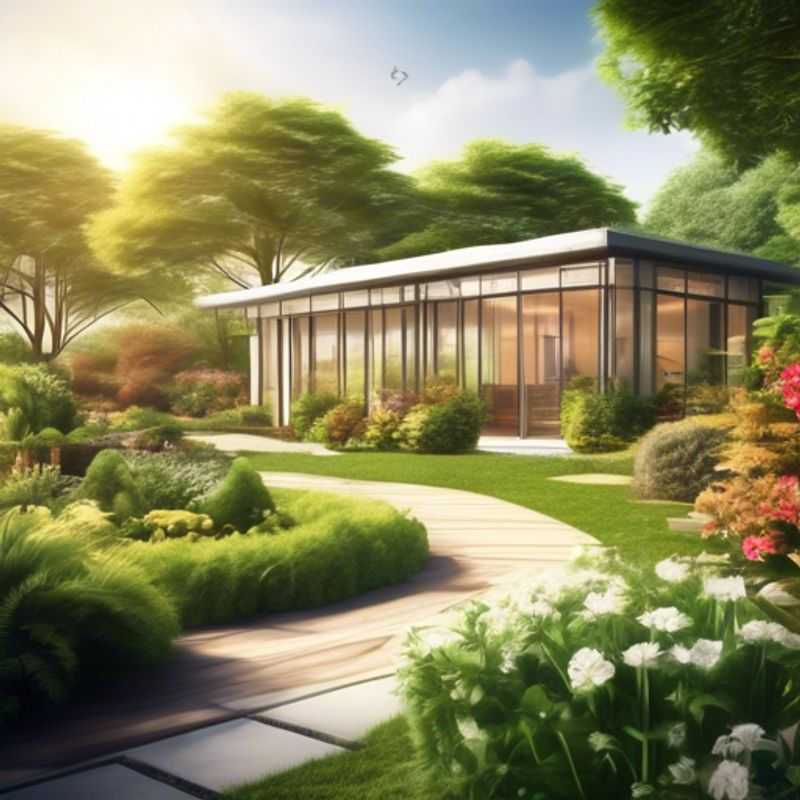
Digging Deeper: Researching Reputable Manufacturers and Reading Customer Reviews
When you're considering a significant purchase, it's wise to delve into the world of reputable manufacturers and customer feedback. This approach can save you headaches and ensure you get the best value for your investment. Start by researching well-established brands with a proven track record in the industry. Look for companies that consistently deliver quality products and have a solid reputation for customer service. Don't just rely on brand names; dig deeper to see if they have certifications or awards for their products.
Next, dive into the world of customer reviews. Reading reviews from real users can provide invaluable insights into a product's performance, durability, and potential drawbacks. Check multiple review sites, including manufacturer websites, independent review platforms, and even forums dedicated to the product category. Pay close attention to both positive and negative reviews, as they paint a balanced picture.
Remember, reading reviews is not just about the number of stars. Look for specific details about the product's features, its ease of use, and any potential issues users encountered. You can often find valuable tips on how to get the most out of the product or any common problems to be aware of.
By taking the time to research reputable manufacturers and read customer reviews, you can significantly increase your chances of making a wise purchase that meets your needs and expectations. Don't be afraid to ask questions, do your research, and read the fine print. This due diligence can save you time, money, and frustration in the long run.
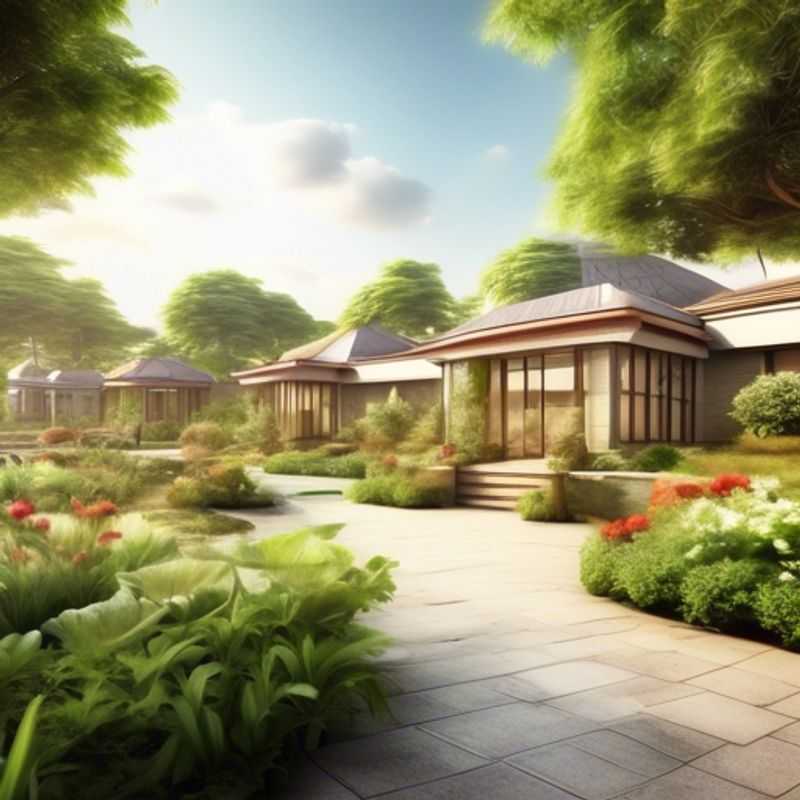
Building for the Long Haul: Material Choices for Durability and Weather Resistance
Choosing the right materials for your project is critical for ensuring its longevity and performance, especially when exposed to the elements. Here’s a quick rundown of key considerations:
Durability: This refers to a material's ability to withstand wear and tear, resisting scratches, dents, and impacts. Hardwoods, stainless steel, and aluminum are known for their durability. You can also look for materials with protective coatings or finishes to enhance their lifespan.
Weather Resistance: Think about the specific weather conditions your project will face. Moisture-resistant materials, such as treated lumber, vinyl, and fiberglass, are suitable for outdoor applications. If exposed to direct sunlight, UV-resistant materials like polycarbonate and acrylic will prevent fading and degradation.
Remember, the best material choice will depend on the specific application, budget, and desired aesthetics. Always research the characteristics of each material and consult with experts for guidance.
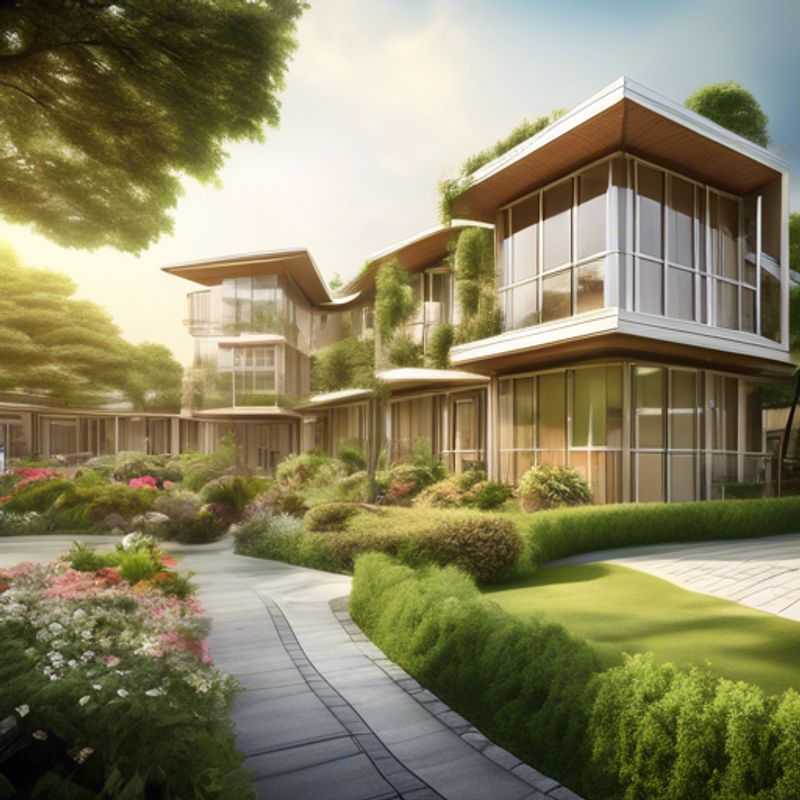
Navigating the Labyrinth: Ensuring Your Building Meets Local Planning Regulations
Ensuring your building project complies with local planning regulations is crucial for a smooth and successful construction process. This involves understanding and adhering to the specific rules and restrictions set by your local authority.
Key aspects to consider:
1. Building permits: Obtain the necessary permits for construction, renovations, or additions. These permits ensure your project meets safety standards and adheres to zoning regulations.
2. Zoning regulations: Understand the zoning requirements for your property. This covers factors like permissible land use, building height limits, and setback distances.
3. Environmental regulations: Be aware of any environmental regulations, including those related to water usage, waste management, and wildlife protection.
4. Accessibility requirements: Ensure your building complies with accessibility standards for individuals with disabilities, including ramps, elevators, and accessible restrooms.
5. Historical preservation: If your project involves a historic building, adhere to local preservation guidelines and regulations.
Costs associated with compliance:
1. Permit fees: Expect to pay fees for applying for and obtaining building permits.
2. Professional fees: Hiring an architect or engineer to review plans and ensure compliance can incur fees.
3. Construction modifications: Changes to your project to meet regulations may lead to additional construction costs.
Important tips:
1. Engage with local authorities: Contact your local planning department early in the project to discuss specific requirements.
2. Seek professional advice: Consider consulting with an architect, engineer, or planning consultant to ensure your project meets all regulations.
3. Stay informed: Keep up-to-date on any changes to local planning regulations.
By taking these steps, you can navigate the planning process efficiently and ensure your building project meets all legal requirements.
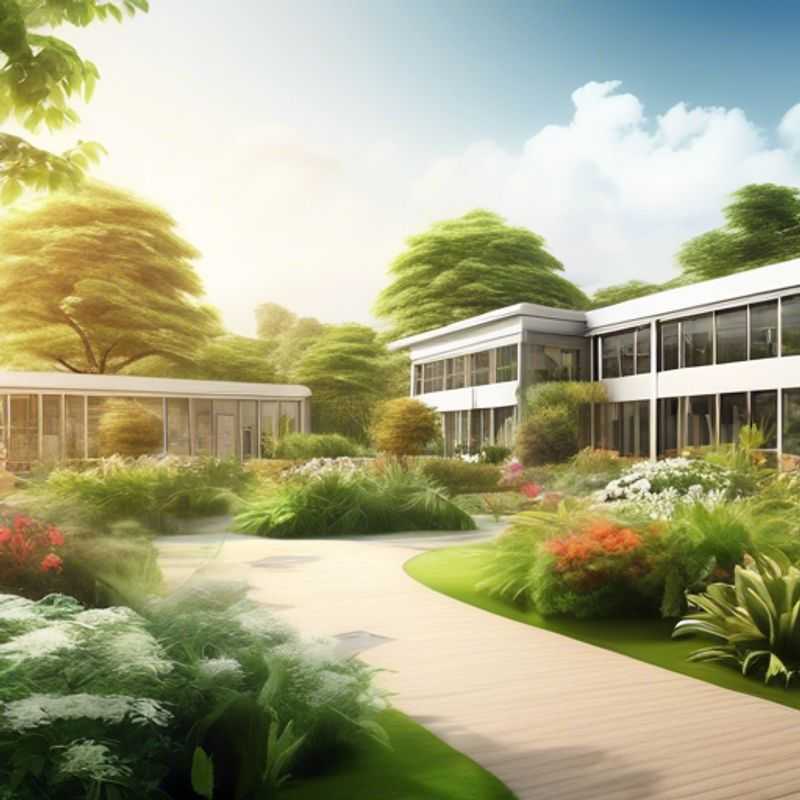
Don't Forget the Extras: Factor in Delivery, Installation, and Groundwork Costs
When budgeting for a new purchase, it's crucial to factor in the cost of delivery, installation, and any necessary groundwork. These often overlooked expenses can significantly impact the overall cost. Delivery fees vary based on distance, size, and weight of the item. Consider researching different delivery options and comparing prices before making a decision. Installation costs can range from simple setup to complex configurations, depending on the product's complexity. Ensure you factor in the cost of professional installation or if you plan to handle it yourself, ensure you have the required skills and tools.
Groundwork, often necessary for large items like appliances or furniture, includes preparing the space for installation. This might involve tasks like electrical or plumbing work, requiring an additional budget allocation. Additionally, permits or inspections might be necessary, adding further expenses. It's wise to contact your local authorities for specific requirements and costs associated with the project. By comprehensively accounting for these factors, you ensure a smoother transition and avoid unexpected financial burdens.

Optimizing Your Home: Exploring Electricity, Heating, and Insulation Options
When planning for your home's electricity, heating, and insulation needs, it's essential to investigate your options thoroughly. This will ensure you make informed decisions that align with your budget, energy efficiency goals, and overall comfort.
Electricity: Begin by assessing your current electricity usage. Consider factors such as the size of your home, appliance usage, and lifestyle habits. Evaluate your options for electricity providers, including traditional utilities, renewable energy sources, and community solar programs. Explore tariffs and incentives offered by different providers, as they can significantly impact your monthly costs.
Heating: The choice of heating system is crucial for both energy efficiency and comfort. Consider your climate, budget, and energy preferences. Popular heating options include: gas furnaces, heat pumps, electric baseboard heaters, and wood-burning stoves. Each option has pros and cons, including initial installation costs, operating expenses, and environmental impact. Research thoroughly and compare quotes from reputable contractors to ensure a system that meets your specific needs.
Insulation: Adequate insulation plays a vital role in maximizing energy efficiency and reducing heating and cooling costs. Assess your current insulation levels and consider upgrading to improve your home's thermal performance. Common insulation materials include fiberglass, cellulose, spray foam, and blown-in insulation. Consider factors such as the R-value, the type of construction, and your budget. Consult with a qualified professional to determine the most effective insulation solutions for your home.
When investigating options for electricity, heating, and insulation, remember to consider these factors:
Cost: Obtain quotes from reputable providers and contractors. Remember to factor in installation costs, ongoing operating expenses, and potential incentives.
Energy efficiency: Choose options that minimize your energy consumption and reduce your environmental impact.
Comfort: Ensure your chosen systems provide comfortable temperatures and humidity levels throughout your home.
By carefully investigating your options, you can make well-informed decisions that lead to significant cost savings, increased comfort, and a positive impact on the environment.
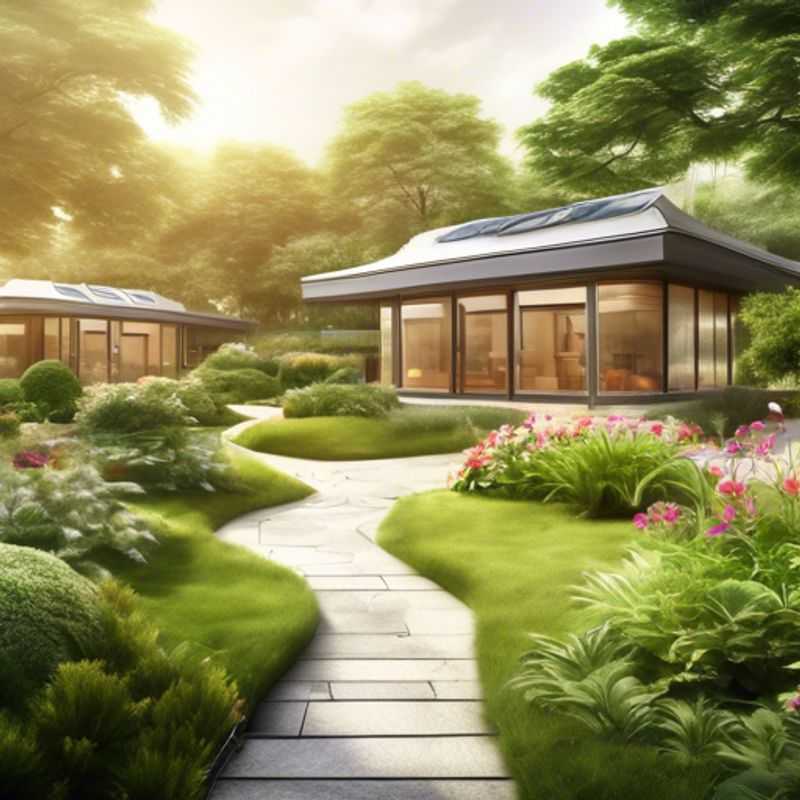
Prioritizing Comfort: The Importance of Windows, Doors, and Ventilation
Prioritizing windows, doors, and ventilation is crucial for a comfortable home. It's about balancing natural light and air flow with energy efficiency and security. Here's a quick guide to consider:
Windows:
Placement: Position windows strategically to maximize natural light and ventilation, especially in living spaces. Consider south-facing windows for sunlight and east or west facing for cross-ventilation.
Type: Double- or triple-pane windows offer better insulation and noise reduction. Casement windows are ideal for ventilation, while sliding windows are space-saving.
Features: Consider tinted windows for solar heat reduction, low-emissivity (Low-E) coatings for energy efficiency, and window treatments like blinds for privacy and temperature control.
Doors:
Insulation: Solid core doors provide better soundproofing and insulation compared to hollow core doors.
Seals: Look for doors with weatherstripping around the frame to prevent drafts and reduce energy loss.
Thresholds: Ensure the door threshold is properly sealed to prevent water leakage and insects from entering.
Ventilation:
Types: Consider various ventilation options like exhaust fans in kitchens and bathrooms, whole-house fans, and attic vents for efficient air circulation.
Placement: Ensure proper placement of ventilation systems to achieve balanced airflow and prevent moisture buildup.
Maintenance: Regularly clean and maintain ventilation systems for optimal performance and energy efficiency.
Remember: Consult with a professional to assess your specific needs and make informed decisions about window, door, and ventilation choices. They can help you select the best options for your home's climate, design, and budget.
